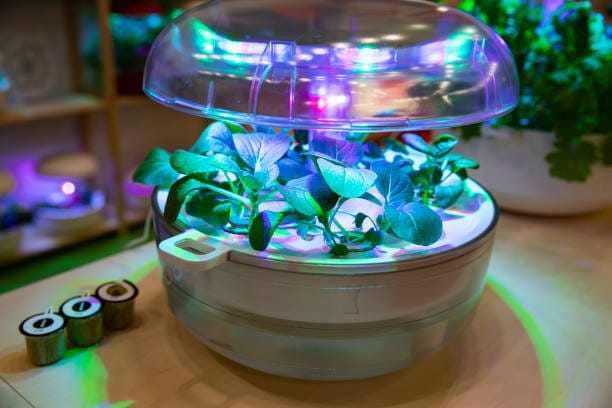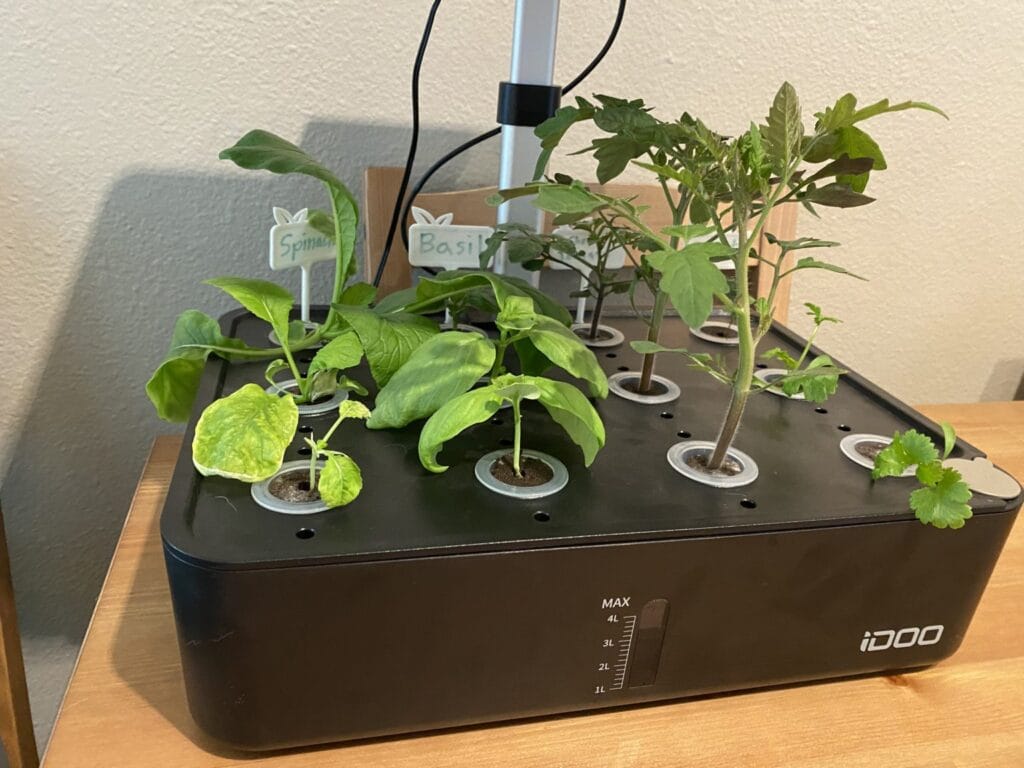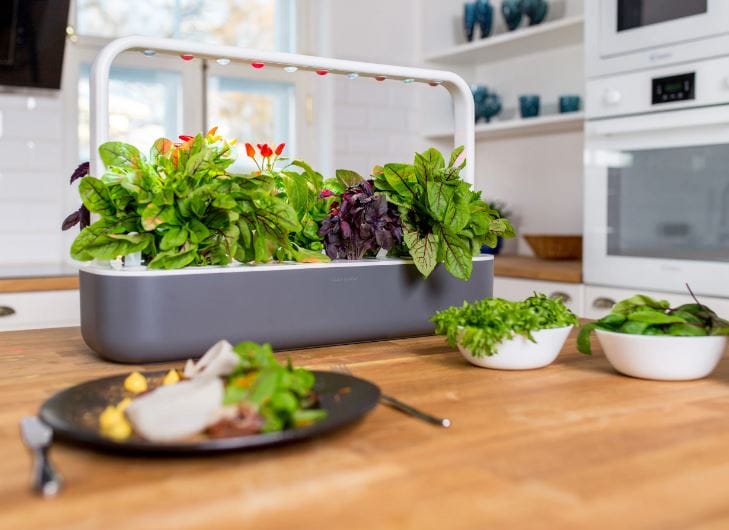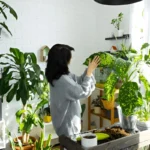The Smart Garden Revolution: Grow Fresh Food Year-Round, No Green Thumb Required
Imagine snipping fresh basil for your pasta in the middle of winter, or harvesting crisp lettuce from your countertop for a lunchtime salad. This is the promise of the smart garden, a rapidly growing trend that is transforming how we think about food and home decor. These innovative devices bring the joy of gardening indoors, using technology to handle the hard parts, so you can enjoy the delicious results.
Whether you’re looking for the simplicity of a Click and Grow smart garden or exploring other indoor growing systems for vegetables, this guide is your ultimate resource. We’ll dive into how they work, review the best options, and help you choose the perfect indoor garden for your lifestyle.

How Does a Smart Garden Work? The Tech Behind the Taste
At its core, a smart indoor garden automates the essential elements of plant growth, making it nearly foolproof. Most systems rely on a combination of three key technologies:
- Automated Watering: Nearly all are a self watering indoor garden. They use a reservoir that you fill up every few weeks, and the system delivers the perfect amount of water directly to the plant roots.
- Full-Spectrum LED Grow Lights: These energy-efficient lights mimic the spectrum of natural sunlight, providing the necessary light for photosynthesis, even in a dark corner of your home. They operate on an automatic timer, ensuring your plants get a consistent “day” and “night.”
- Soil-Free Growing Mediums: Most systems are a hydroponic garden or use pre-seeded soil pods. This means no messy bags of potting soil. The plant pods contain all the nutrients the plants need for their entire life cycle, eliminating the need for fertilizer.
Choosing Your Perfect Indoor Garden: Key Factors to Consider
With so many options, from a simple herb growing kit to advanced systems, choosing the right one depends on your goals and space.
For Ultimate Simplicity: The Pod System
This is the most popular entry point for a reason. Systems like the Click and Grow smart garden use pre-seeded plant pods that you simply drop into place. It’s the “Keurig” of gardening.
- Best for: Beginners, busy professionals, and anyone who wants zero guesswork.
- Top Pick: The Click & Grow Smart Garden 3 is a fantastic starter model for an indoor spice garden on your counter. For more variety, the Click and Grow Smart Garden 9 lets you grow a mix of herbs, salads, and flowers simultaneously. As many positive Click and Grow reviews note, its setup is incredibly simple.
For Maximum Yield and Control: Hydroponic Systems
A countertop hydroponic garden typically offers more customization and faster growth. These indoor food growing systems circulate nutrient-rich water over the plant roots.
- Best for: Gardeners who want larger yields, enjoy a more hands-on tech experience, and want to grow vegetables like cherry tomatoes or peppers.
- Top Pick: The iDOO Hydroponics Growing System is a popular AeroGarden alternative, offering 12 pods, a powerful grow light, and a fan for pollination at an accessible price point.
For the Budget-Conscious Beginner: The Starter Kit
If you’re not ready to invest in a fully automated system, a traditional kit is a great way to start.
- Best for: Testing the waters of indoor gardening on a minimal budget.
- Top Pick: This Indoor Herb Garden Starter Kit comes with everything you need, including reusable pots, soil pucks, and a variety of seeds. It’s less “smart,” but a wonderful introduction to the hobby.


Beyond the Kit: Customizing Your Indoor Garden
As you get more advanced, you might want to customize. While many systems use proprietary pods, there’s a whole world of Gardyn alternatives and DIY approaches. You can experiment with your own seeds using empty pods and grow sponges. Finding the right pots is also key; you can often find 4 inch terra cotta pots or 5 inch plant pot options at stores like Lowe’s that fit perfectly into DIY setups.
The Reality Check: Disadvantages of a Smart Garden
While amazing, these systems aren’t perfect.
- Initial Cost: The upfront investment can be significant compared to traditional gardening.
- Reliance on Proprietary Pods: Many systems, like Click & Grow, work best with their own pods, which can be an ongoing expense.
- Limited Yield: A countertop garden won’t replace your grocery store, but it will provide a steady supply of high-quality herbs and greens.
Frequently Asked Questions (FAQ)
How does the smart garden work?
A smart garden automates plant care using a self-watering reservoir, timed full-spectrum LED grow lights, and a soil-free pod system that contains all the necessary nutrients. You simply add water, insert the plant pods, and the garden does the rest.
Are smart gardens healthy?
Yes, extremely. Because you are growing your own food, you have complete control. The produce is free from pesticides and herbicides. You also get to harvest it at its peak freshness, which means maximum nutrient content and flavor compared to store-bought produce that has traveled for days.
What are the disadvantages of a smart garden?
The main disadvantages are the initial purchase price, the ongoing cost of proprietary seed pods for some systems, and the limited yield, which supplements your groceries rather than replacing them entirely. They also require electricity to run the lights and pump.
What is the best smart garden?
The “best” smart garden depends on your needs. For ultimate ease of use and a beautiful design, the Click & Grow Smart Garden 9 is a top contender. For larger yields and more control, hydroponic systems like the iDOO 12-Pod Indoor Garden are excellent choices.
Sources:
- CNET: Best Indoor Garden Reviews
- The Spruce: Best Herb Garden Kits
- Esquire: Click & Grow Lifestyle Review




